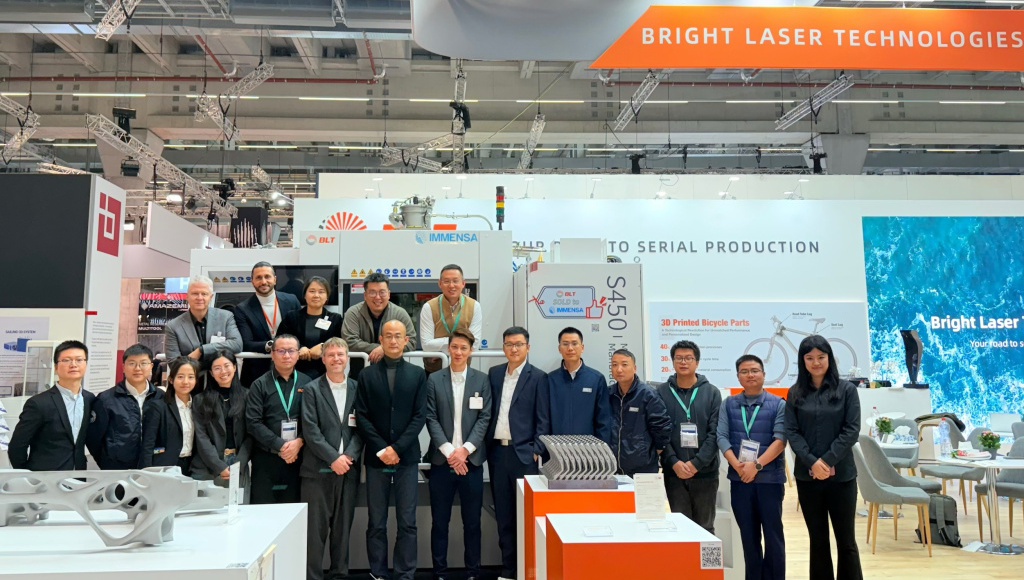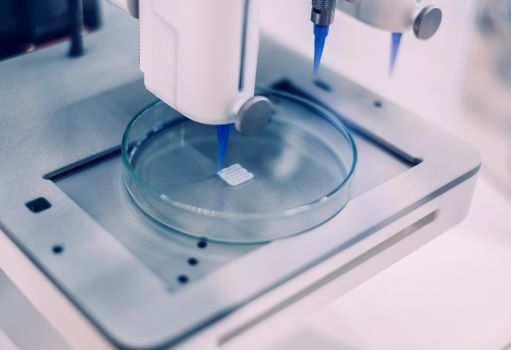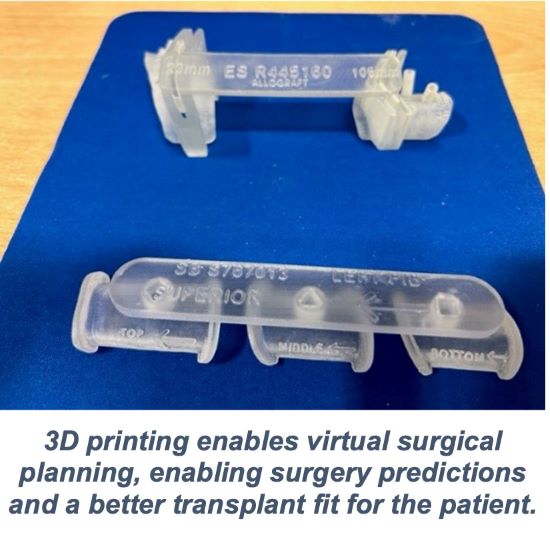BLT 2024: Pushing the Boundaries of Metal Additive Manufacturing with Cutting-Edge Technology and Innovation
In 2024, Bright Laser Technologies (BLT) has further cemented its reputation as a prominent player in metal additive manufacturing, driving innovation and setting high standards in technology, quality, and performance. This milestone year has seen major enhancements to its equipment portfolio, remarkable breakthroughs in precision and efficiency, and significant contributions across industries such as aerospace, automotive, mold, robotics, consumer electronics, and academic research. These achievements underscore BLT’s strong capabilities in serial production, reinforcing its position as a trusted industry innovator.
Next-Generation Printing Systems: Enhanced Efficiency and Scalability
BLT has introduced major upgrades to its PBF-LB/M systems, emphasizing efficiency, reliability, and eco-consciousness. The BLT-S600 series, refined over eight years of development, now boasts a build dimension of 650mm × 650mm × 850mm, making it ideal for producing mid-sized parts and large, complex components. Innovations like the integrated build cylinder, intelligent quality detection systems, and a gas- and powder-saving circulation system ensure reliable, sustainable, and safe production.

Similarly, the BLT-S450 underwent a transformative upgrade, showcasing remarkable performance in aerospace, mold, and automotive industries. With a build dimension of 450mm × 450mm × 500mm and multi-laser configurations ranging from 4 to 8 lasers, the system enhances productivity while maintaining precision. The addition of long-life filters and automated powder circulation further cements its reputation as a cost-effective solution for industrial-scale manufacturing.
Pioneering Precision and Efficiency in Metal Additive Manufacturing
BLT has made groundbreaking progress in ultra-high-precision metal printing and thick-layer printing solutions, addressing the industry’s growing demand for intricate components and faster production cycles. The advanced PBF-LB/M technology achieves surface roughness of Ra 2-3μm and dimensional accuracy within 0.05mm, catering to applications requiring exceptional detail.
Meanwhile, BLT’s thick-layer printing technology—capable of layer thicknesses up to 150μm—delivers unparalleled efficiency, enabling high-quality serial production at significantly reduced costs.

Additionally, BLT has further refined its variable layer thickness printing technology, offering flexible layer thicknesses of 30μm, 80μm, 120μm, and 150μm depending on the specific characteristics of each part, delivering excellent forming quality and exceptional performance.

Advancing Innovation in Aerospace, Automotive, Robotics, and More
BLT’s expertise extends to diverse industries, including aerospace, medical devices, automotive components, robotics manufacturing, and heat exchanger solutions.
BLT has been a trusted partner in aerospace innovation, producing critical components for commercial rockets and satellites. Highlights include contributions to Orienspace’s “Gravity-1” commercial carrier rocket and Land Space’s ZQ-3 vertical takeoff and landing test. Additionally, BLT played an important role in the successful launch of the SmartSat-2A satellite, manufacturing large-scale parts using BLT-S1000 systems. These achievements underscore BLT’s expertise in delivering high-performance materials and optimized manufacturing processes for aerospace applications.
BLT has optimized various automotive components, including rear subframes, steering knuckles, and battery housings, reducing production time while ensuring consistent, high-quality parts that enhance production efficiency. For heat exchangers, BLT introduced three new aluminum alloy models with optimized designs, achieving a 30% increase in efficiency and meeting growing demands for energy-efficient solutions.

In the robotics sector, BLT has harnessed the transformative power of additive manufacturing to redefine the design and production of robotic components. By employing topology optimization and multi-scale configurations, BLT’s PBF-LB/M technology integrates multiple parts into single units, enhancing functionality, reducing weight, and simplifying assembly. Key applications in humanoid robots demonstrate the potential for mass production and the acceleration of next-generation robotics technologies.
BLT’s commitment to innovation is also reflected in its partnerships with universities and research institutions. The company’s systems and materials have facilitated internationally recognized breakthroughs, including studies on biomaterials for bone tissue repair, high-strength steel for cryogenic applications, and degradable porous scaffolds for large-scale bone defect treatments. Notably, a publication in Nature highlighted the exceptional fatigue resistance of titanium alloys produced using BLT equipment, supporting research on near-void-free 3D printing technology and expanding their potential in aerospace and other critical industries.

Advancing Industry Standards in Quality and Digital Manufacturing
Quality assurance remains at the heart of BLT’s innovations. The company’s enhanced quality monitoring systems integrate intelligent tools for pre-build and in-process stages, ensuring traceability and reliability. Features such as powder bed detection, defect detection platforms, and precise laser alignment have redefined industry standards.
Complementing these advancements is the upgraded BLT-MES system, a digital manufacturing solution that bridges planning and execution. With real-time data collection, production monitoring, and intelligent resource management, the system optimizes production cycles, supporting the era of mass production in metal additive manufacturing.
Expanding Global Reach and Showcasing Excellence at Industry Events
In 2024, BLT strengthened its global presence by partnering with key players across Asia, Europe, Africa, and beyond. BLT has forged deep partnerships with Lincsolution in Korea and Orix in Japan, working closely to deliver high-quality metal additive manufacturing solutions and drive technology adoption, including the launch of the ‘Tokyo 3D Lab’ showcasing multi-industry parts produced with BLT’s PBF-LB/M systems, while strategic partnerships in Europe and Africa expanded access to our technologies. In aerospace, BLT’s successful work package with Airbus Atlantic on the A320 O-Ring reinforced our expertise in high-performance, mass-production solutions. At major global industry events, from the US to Germany, South Korea, Japan, and beyond, BLT showcased innovations in automated metal 3D printing, advanced software, and real-world applications across sectors like aerospace, automotive, and consumer electronics. These efforts highlight our commitment to pushing the boundaries of metal additive manufacturing and creating value for our partners worldwide.

Shaping the Future of Additive Manufacturing
As we step into 2025, BLT celebrates a year of remarkable achievements that have redefined the possibilities of metal additive manufacturing. From cutting-edge systems and materials to groundbreaking applications across industries, BLT continues to lead innovation, delivering customized solutions that empower partners and shape the future of manufacturing. BLT looks forward to collaborating with industry leaders across various fields to drive progress and create new opportunities together.











